Acharya Bramdeo Mokoonlall (Atlanta) GA, USA,
Our rishis (sages of yore) have prescribed agnihotra (daily Yajňa) as the second mahaYajňa of our daily routine. The scientific processes during the performance of Yajňa is described in the Veda and the medicinal part of it rests in the AtharvaVeda, which is the source of Ayurveda (ayurvedic medicine), which in turn is the foundation of allopathy, homeopathy, naturopathy and other types of medicine.

Samidhaas (fire wood), ghee (clarified butter) & saamagri help in improving life.
The havan kund or fire-vessel has a conical or inverse pyramid shape which is conducive to the build-up of a very high temperature at the base and even higher at the middle part where the fire is blazing. The processes are (i) combustion, part of the oblations is burnt to produce energy; (ii) combustion, the essential oils of the medicinal herbs disperses as vapours; and (iii) sublimation, a major part goes away as micro-particles or gaseous state.
Indeed, this a simple, yet very potent process thus purifies the air and cleanses it of rogkrimiyan (bacteria and viruses.) Yajňa Therapy or Havan Chikitsa is prescribed in Ayurvedic Medicine (Charaka & Sushruta Samhitas.)
The use various types of samidhaas (wood sticks as samidhaas), ghee (clarified butter) and saamagri (mixture of several odoriferous / nutritious / health promoting / medicinal herbs), is prescribed in the Vedas. The vapours constitute aroma-therapy.
The sound waves during recitation of the mantras (hymns of the Vedas) are positive vibes that calm our mental and emotional state, sound therapy. The various colours from the flame serves as chroma-therapy.
Research was conducted by Swami Satyaprakash (holder of a DSC in Chemistry) and Slater & Rideal on twelve identical culture dishes divided in two batches of six. The first set was placed in a room where agnihotra was performed and the second in another room with normal conditions, unaffected by the vapours of agnihotra. The results were astounding as the first set (subjected to agnihotra) had minimal bacterial culture and the second set had grown numerous types of bacteria and in very large numbers. (Vedic Vision, Satyavrat Siddhantalankar, 1999)
In 1984 some five families living in the vicinity of the Union Carbide gas plant were unaffected by the leakage of highly toxic gases. Eminent scientists from the Research Department of the Indian Army, Germany, Russia, and other countries inquired over this narrow escape to discover that these families were performing agnihotra (Yajňa) daily.
In 1994-95 the population of Gujarat, India suffered plague. The tangible results to curb down the epidemic came from Agnihotra performed on a trailer pulled by a tractor. The Bramhacharis (students) of Tankara Gurukul, run by the Maharishi Dayanand Smarak Trust, were the lead persons in the performance of Yajňa reaching all nooks and corners of the state of Gujarat.
The 2006 episode of Chikungunya and Dengue in Gujarat were successfully tackled through Yajňa across the state of Gujarat. Again the Bramhacharis (students) of Tankara Gurukul and the Darshan Yoga Mahavidyalaya of Rojad were the lead persons in the performance of the numerous Yajňas.
It is reported that some families had a narrow escape, unaffected by the devastating spread of radioactivity from the Tchernobyl nuclear power plant. These were poor families who had lined up the walls of their houses with cow dung set for drying and onwards use as fuel, a real connection to nature and mother earth.
Mauritius 1999 & 2011: Yajňas performed as per the Parjanya Sukta, AtharvaVeda at Mare aux Vacoas, the main reservoir induced rainfall, ending the long drought periods. In 2009 Yajňa chikitsa was of considerable help to curb the outbreak of the A1H1N1 flu.
The RigVeda (hymn 10.161.4) reads:
Shatam jeeva sharado vardhamaanah: shatam hemantaachatamu vasantaana ¦
Shatamindraagni savitaa Brihaspati: shatayushaa havishemam punardu ¦¦
The human race is bound to avail of the various types of healing, namely – energy / fire, air, water, earth, and havan chikitsa (through offerings of medicinal herbs & ghee) into the fire vessel to safely fare across the various seasons to live in good health for a hundred years and more.
A free gift of knowledge by learned men, to enliven the intellect of people is also called Yajňa. The vapours arising out of the havan kund (fire pot) thus purifies the air and ward off rogkrimiyan (bacteria and viruses.) Havan Chikitsa or Yajňa therapy, is aromatherapy, in the Ayurveda (Charaka & Sushruta Samhitas) and benefits the whole universe.
In the Aryoddeshyoratnamaala Maharishi Dayanand states that ‘Yajňa: beginning from Deva Yajňa or Agnihotra (the daily fire ritual) unto Ashvamedha is a material process and physical science, used for the welfare of the universe.’
In the Rigvedaadi Bhaashya Bhumikaa (An introduction to the Vedas) he further elaborates on Yajňas to increase multi-fold the glory and splendour of a nation consists in peace, progress and prosperity, and the duty of the state assemblies to rule in an equitable manner. (Shatpath Brahmana 13/2/2. 14-17).
Yajňa is a purely scientific process, based on natural science. It should not be considered as a mere ritual. Medicated air through Yajňa is the panacea to environment cleansing and impart wellness for hilarity, life and liveliness to all.

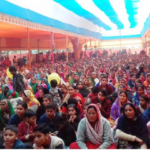
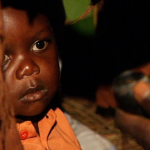
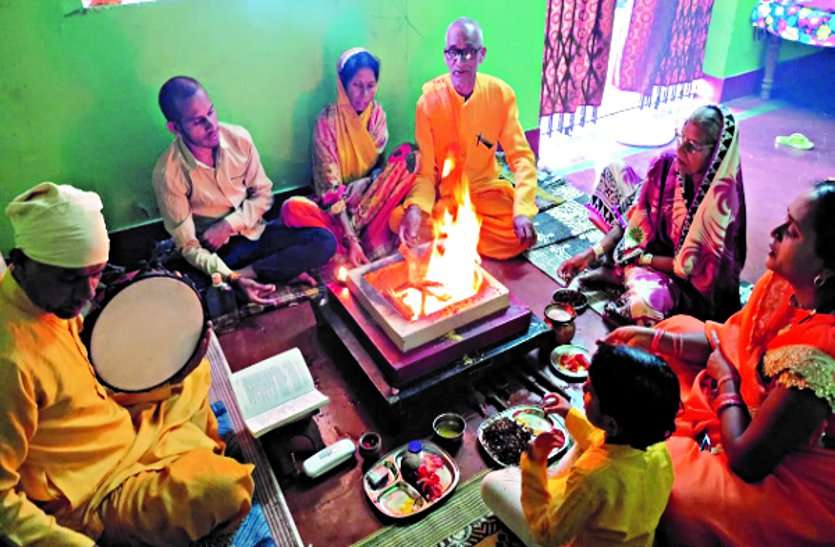

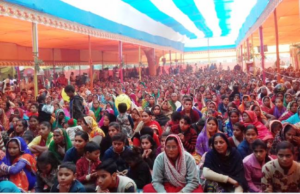
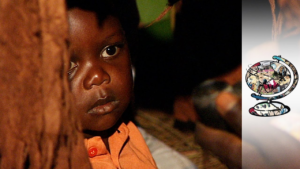
More Stories
How much belief and how much superstition is there in ghosts?
You bring change within yourself and the world will change itself?
Have you found your magician yet?